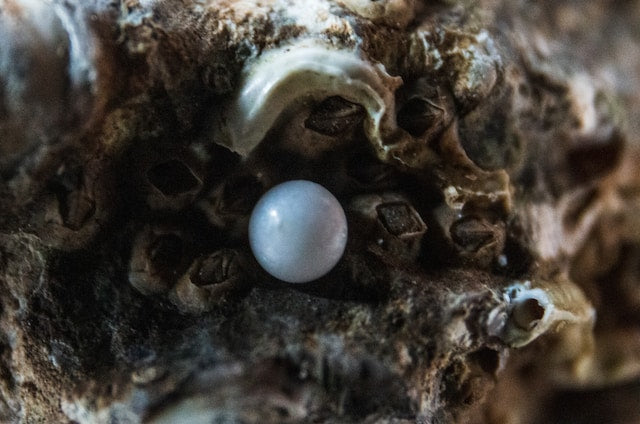
Pearls: The Treasures of the Sea
Share
Pearls, as natural wonders, have captivated people's attention since ancient times. Whether it is their unique luster, elegant appearance, or the mysterious process of their formation, pearls have become coveted treasures in the world of jewelry. This blog aims to delve into the origins of pearls, the main categories available in the market today, and the reasons behind their enduring popularity.
The origins of pearls can be traced back to ancient civilizations. Archaeological studies reveal that the earliest pearls were discovered in the Middle East around 5,000 years ago. Ancient people found smooth, rounded precious substances within shells and started using them as adornments. Pearls have been documented in ancient civilizations such as ancient Egypt, Greece, and Rome.
From the rare and valuable natural pearls to the diverse freshwater pearls and the luxurious saltwater pearls, this blog will provide a detailed overview of the different types of pearls and their distinguishing features.
- Natural Pearls:
Natural pearls are formed in the wild, without any human intervention. They occur naturally inside mollusks, such as oysters, as a result of the mollusk's defense mechanism against irritants. Natural pearls come in various shapes, sizes, colors, and luster, depending on the species of mollusk and the environment in which they are found. Due to their scarcity and natural allure, natural pearls hold immense value and are highly sought after by collectors.
- Freshwater Pearls:
Freshwater pearls are cultivated in freshwater environments, primarily within mussels. They exhibit a wide range of shapes, including round, semi-round, oval, and baroque. Freshwater pearls also showcase a rich array of colors, such as white, pink, purple, and gold. These pearls are known for their affordability and versatility, making them a popular choice for jewelry enthusiasts.
- Saltwater Pearls:
Saltwater pearls are formed in marine environments, predominantly in oysters and other saltwater mollusks. They are characterized by their high luster and consistent shape. Saltwater pearls come in various colors, including white, cream, golden, pink, and black. Black saltwater pearls, commonly known as Tahitian pearls, are particularly renowned for their rarity and captivating allure.
- South Sea Pearls:
South Sea pearls are premium-quality saltwater pearls that are cultivated in the South Sea region, encompassing Australia, Indonesia, and the Philippines. They are prized for their large size and luxurious luster. South Sea pearls commonly exhibit shades of white, cream, and golden. The scarcity and exceptional quality of South Sea pearls make them highly valued in the high-end jewelry market.
- Tahitian Pearls:
Tahitian pearls, also known as black pearls, are a type of saltwater pearl cultivated around the coral reefs near Tahiti in French Polynesia. They are famous for their deep colors and intense luster, ranging from gray to green, purple, and blue. Tahitian pearls are considered precious gemstones, exuding a unique charm and contemporary appeal.
The world of pearls is a fascinating realm filled with a diverse array of categories, each offering its own allure and aesthetic. Whether it is the natural beauty and rarity of natural pearls, the affordability and versatility of freshwater pearls, the luxurious luster of saltwater pearls, or the exotic charm of Tahitian pearls, each category of pearls holds its distinct place in the realm of jewelry.
